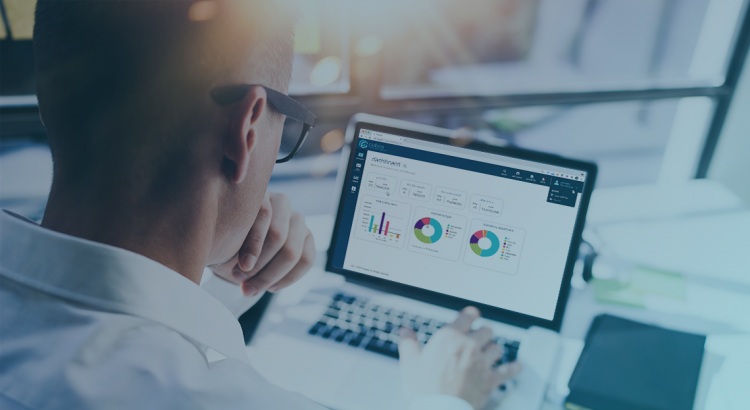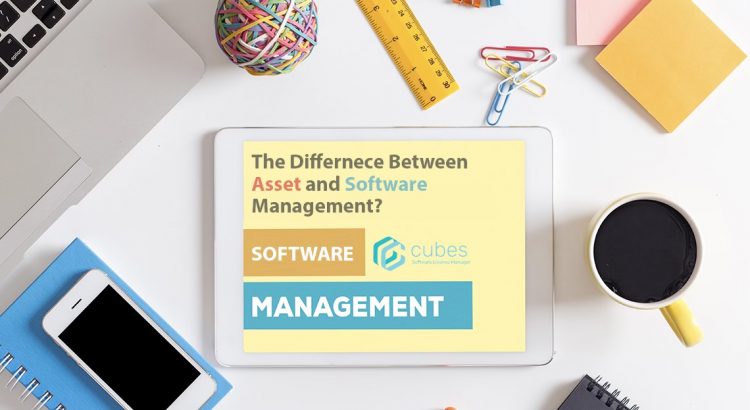Asset management software, is a tool designed to help businesses and organizations track and manage their physical and digital assets throughout their lifecycle. These assets can include tangible items such as computers, office equipment, machinery, vehicles, and furniture, as well as intangible assets like software licenses, patents, and warranties. The primary functions of Asset Management […]
Tag: Software Subscription Management
Cut Business Expenses with a Software License Manager
Discover how a software license manager can help your business save money and optimize your software usage. Learn more about its benefits here. What is a Software License Manager? A software license manager is a tool that helps businesses track and manage their software licenses. It provides an efficient way of managing licenses and helps businesses stay […]

4 Benefits from CUBES License Manager
Do you have a good handle on your software license budget? Are you wasting the money that goes towards that budget on unused licenses? Many organizations have (or should have) a Software Asset Management (SAM) program in place as part of their overall business strategy. The goal of this is to help reduce costs, limit […]
